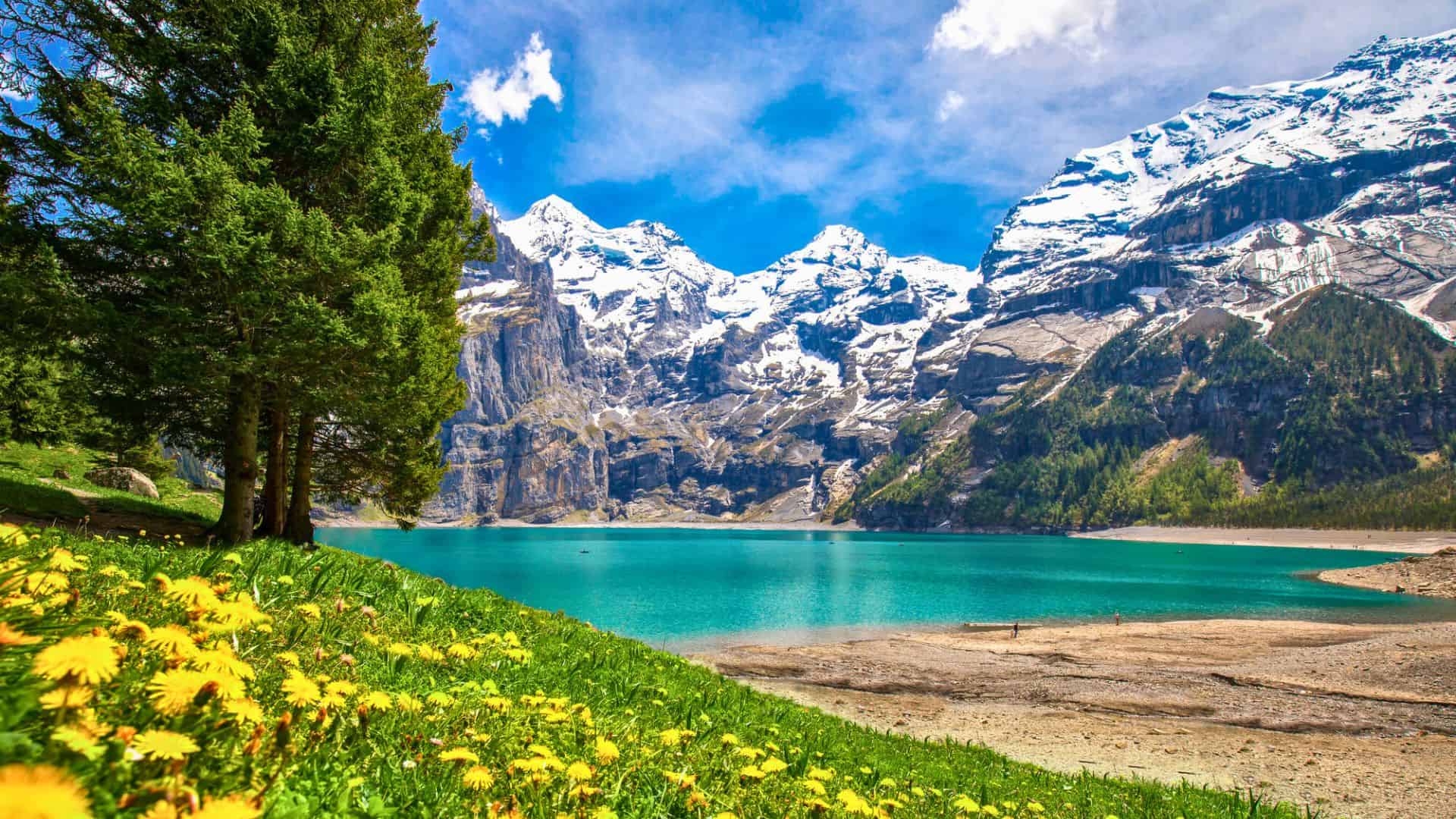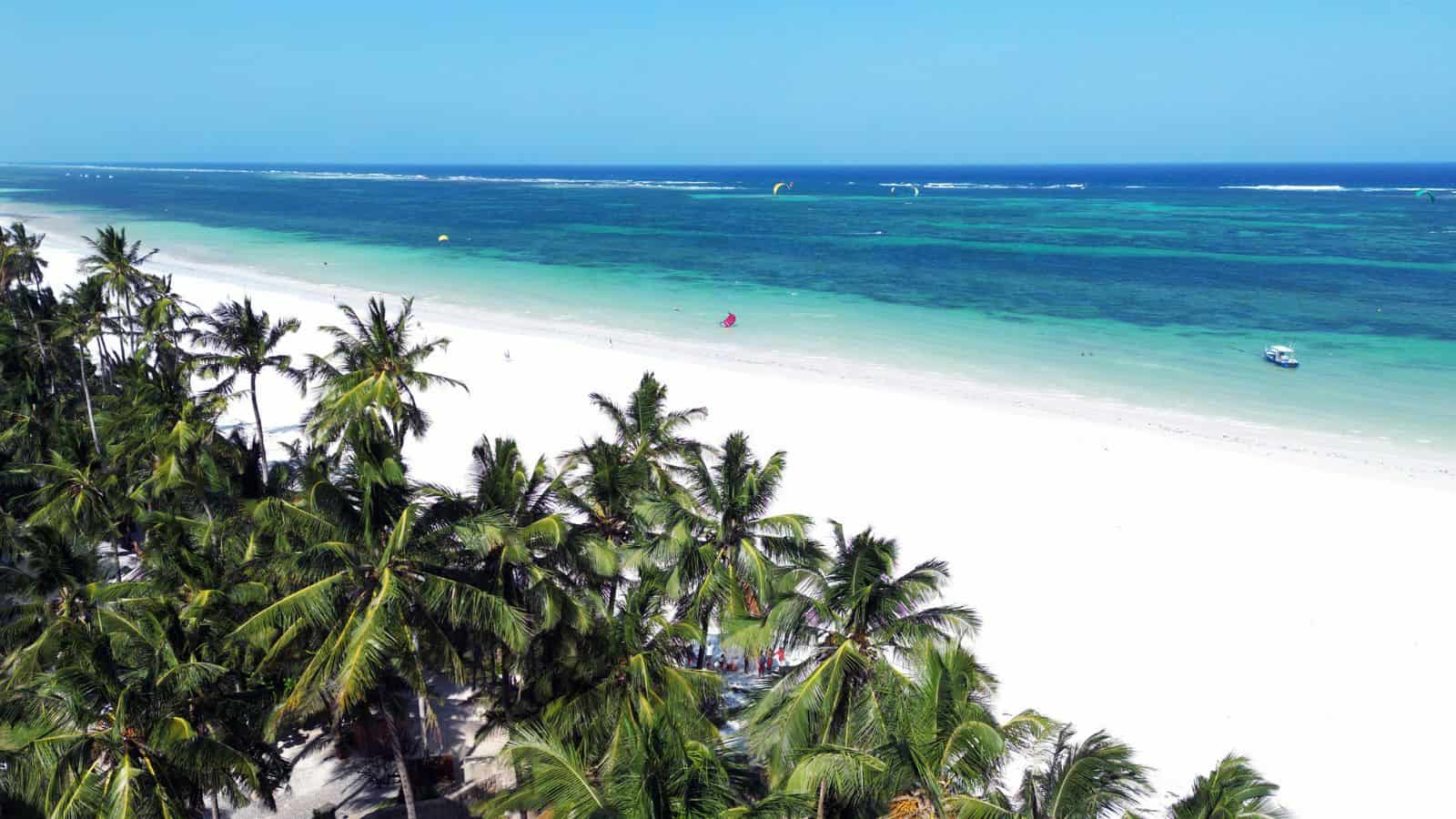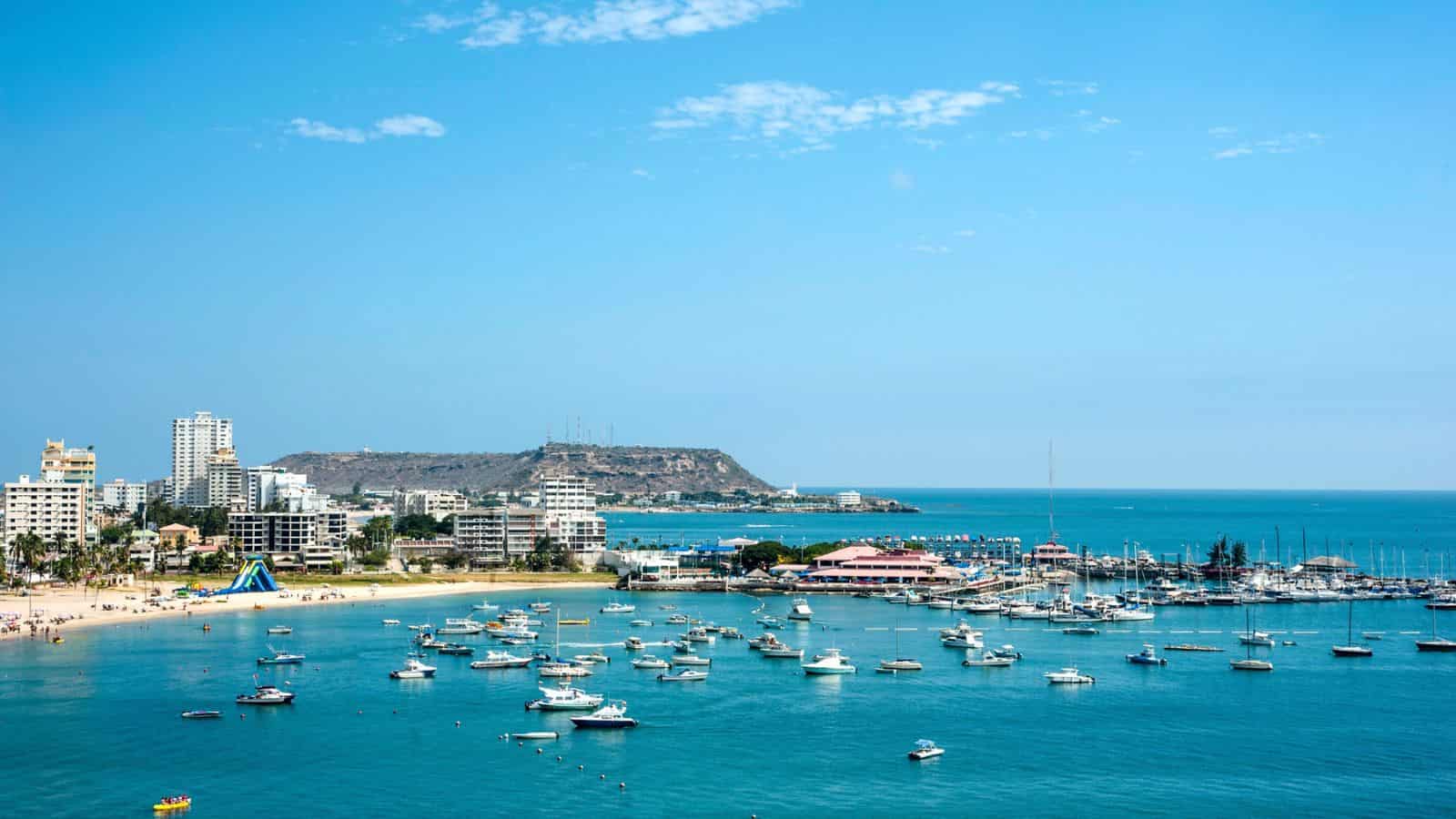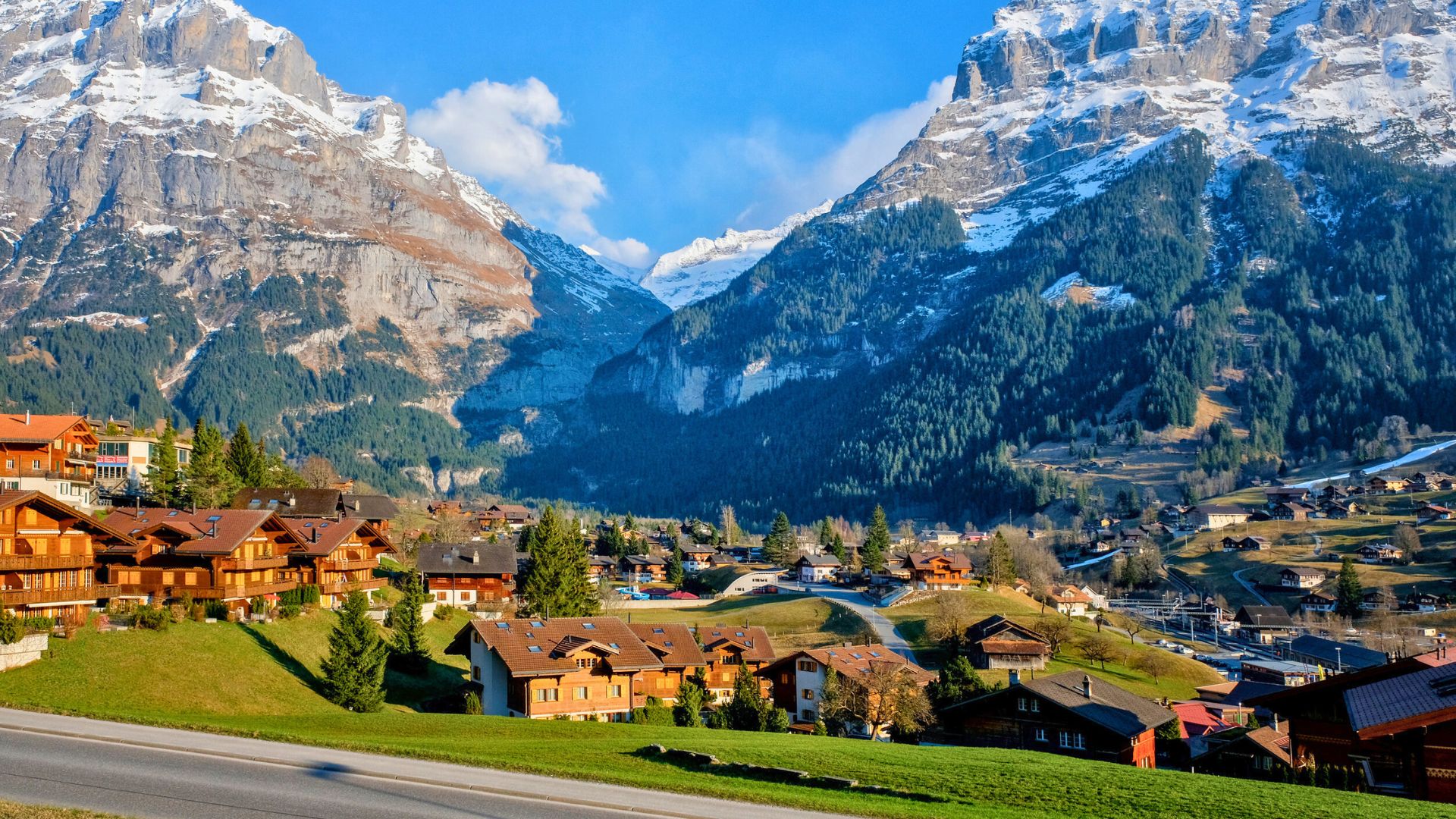Ever had one of those days when you leave the house in a jacket and end up wishing you’d packed shorts? Some places take that to another level. Around the world, there are 10 countries where you can visit two seasons in one day. It’s not some strange weather trick; it’s all thanks to geography. Mountains, coastlines, and altitude shifts can completely change the temperature as you move from one region to another.
For travelers who like variety, that’s great news. You can experience two totally different moods in one day without crossing a border. This kind of travel keeps things interesting. You might wake up surrounded by misty hills and end your day by the sea, watching the sunset in a T-shirt. It’s the perfect excuse to pack light but smart: bring layers, a sense of adventure, and a little curiosity about how quickly the world can surprise you.

South Africa

Diversity in elevation and proximity to the ocean give this southern nation remarkable climate contrasts. Mountain ranges, coastal plains, and inland plateaus all experience different weather patterns within short distances. A day might begin in Cape Town with cool winds sweeping down from Table Mountain, accompanied by scattered rain or fog. By afternoon, the clouds often clear to reveal bright sunshine and a much warmer atmosphere. Traveling inland toward Stellenbosch or the Garden Route can shift the temperature even more, allowing one to experience conditions that feel like two distinct seasons before the day ends.
United States

The United States spans multiple climate zones, from arid deserts to humid coasts and alpine regions, making seasonal contrasts easily accessible. This vast range of elevations and latitudes allows travelers to experience shifting climates by moving only a few hundred kilometers. In California, for instance, you can start your morning skiing in the Sierra Nevada mountains, surrounded by snow and crisp air. After a scenic drive, you might reach Malibu or San Diego by afternoon, where the temperature rises dramatically and the Pacific sun creates a summery atmosphere, all within the same day.
Kenya

Kenya’s landscape ranges from high-altitude plateaus to tropical coasts, producing distinct weather patterns across short distances. The Great Rift Valley, Mount Kenya, and the Indian Ocean coastline all contribute to rapid climate changes. A traveler might begin the morning in Nairobi, where the elevation of nearly 1,800 meters brings cool, fresh air and sometimes misty conditions. By afternoon, a journey southeast toward Mombasa transforms the experience completely, as the heat and humidity of the coastal region replace the brisk highland atmosphere, making it possible to witness two contrasting seasons within a single day.
New Zealand

Rapid changes in weather are part of daily life thanks to the islands’ mountainous terrain and surrounding seas. The maritime climate means sunshine, rain, and even snow can occur within hours. On the South Island, you could wake up in Queenstown with frost on the ground and snow-dusted peaks, ideal for skiing or exploring alpine trails. By afternoon, a drive toward the coast reveals green valleys and mild temperatures, sometimes even beach weather. The contrast between the chilly highlands and the temperate shoreline makes it easy to experience two seasons before nightfall.
Ecuador

Ecuador’s geography is astonishingly diverse for such a compact nation. Sitting directly on the equator, it encompasses coastal plains, towering Andean peaks, and dense Amazonian rainforest. The Andes divide the country into distinct climate zones, each with its own temperature and humidity levels. Because of this, you can experience crisp mountain air and tropical heat within hours. You might begin your morning in Quito, where the cool high-altitude climate calls for a jacket, then descend to Guayaquil or the coastal lowlands by afternoon and step into a humid, sun-soaked environment that feels like a completely different season.
Want to save this?
Indonesia

Straddling the equator, this archipelago experiences a tropical climate that varies greatly with altitude. Coastal areas are often hot and humid, while highland regions remain cool and breezy throughout the year. In Java or Bali, you might start your morning near the beach, where the air feels heavy and the sun intense. By midday, a drive into the mountains—perhaps to Ubud or Mount Bromo—brings a refreshing drop in temperature and mist drifting through the trees. The contrast between the lowlands and highlands creates a sense of moving between two distinct seasons in just a few hours.
India

From snow-capped Himalayan peaks to sun-drenched coastal plains, India’s vast landscape produces dramatic shifts in temperature and weather. Elevation plays a major role, with mountain towns staying cool year-round while the lowlands can be intensely hot. A traveler might start the morning in Shimla or Manali, where crisp air and misty hills evoke a winterlike feel. By evening, descending to Delhi or the plains of Punjab brings a surge of heat and dry air. These transitions create the sensation of moving between seasons within a single day, highlighting the country’s immense climatic variety.
Canada

Vast distances and dramatic elevation changes shape Canada’s shifting climate. From coastal rainforests to frozen tundra, the country experiences some of the world’s most varied weather patterns. In British Columbia, for example, you might begin your day in Whistler surrounded by snow and crisp mountain air. A few hours later, descending toward Vancouver brings an entirely different scene—milder air, blooming gardens, and the scent of the sea. These quick transitions between alpine and coastal climates make it possible to feel as though you’ve traveled from winter to spring within a single day.
Switzerland

Switzerland’s compact size hides an extraordinary range of altitudes, from low-lying lakeside towns to snow-covered Alpine peaks. The steep terrain and shifting air currents cause weather to change dramatically over short distances, sometimes within the same hour. You might wake up in Zermatt surrounded by snowdrifts and crisp mountain air, perfect for skiing or hiking. Later, descending toward Lake Geneva or Lugano, the temperature becomes milder, the air feels softer, and the scenery shifts to palm trees and open water. Experiencing two distinct seasons in a single day here is a regular part of life.
Chile

Stretching over 4,000 kilometers from north to south, Chile spans nearly every climate imaginable—from the world’s driest desert in the north to glaciers in the far south. The Andes rise dramatically along its eastern border, creating sharp contrasts in temperature and weather. In central Chile, you can start your day skiing near Santiago’s mountain resorts, surrounded by snow and crisp air. A few hours later, a drive west to the Pacific coast brings you to sandy beaches under bright skies and mild breezes, allowing you to experience winter and summer conditions within the same day.
Because the Weather Can’t Decide

Traveling through places where the weather can shift from one season to another in a single day is a great reminder of how diverse our planet really is. It’s not just about chasing the sun or escaping the cold; it’s about seeing how geography shapes daily life in different corners of the world. Those contrasts make every journey more memorable and keep even the most familiar landscapes feeling fresh.
So next time you plan a trip, think about adding a spot where the forecast can’t make up its mind. It’s the perfect way to experience more in less time, from crisp mountain air to coastal heat, all before dinner. Pack layers, stay curious, and enjoy the ride. Sometimes the best travel stories come from the days when you feel like you’ve lived through two seasons before the sun goes down.




